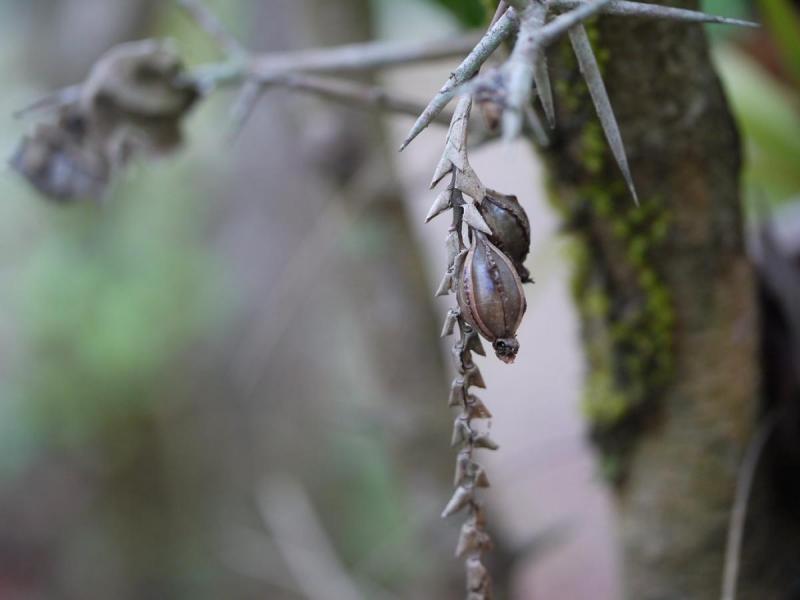Pholidota pallida
Also known as: The Pale Pholidota in the subfamily: Epidendroideae
Native to: China India Thailand
General Information
The Pale Pholidota is a sympodial cool to warm growing epiphytic orchid belonging to the sub family Epidendroideae native to China, India and Thailand.
Plant Description
Sympodial. Each new growth has numerous lance shaped oblong shaped leaves. Pseudobulbs grow to 2.5-6cm
Flowers
Numerous fragrant blossoms appear
Fragrance
The orchid is fragrant.
Substrate(s)
- Bark
Care Notes
These orchids have a fine root system that can quickly die back if left dry for too long, but also does not like to be kept wet, so water regularly but ensure that the mix is dry before watering.
Fragrant:- IsFragrant
Climate
Grows at low to high elevations. Rainfall ranges from 10mm to 551mm per day, heaviest in June and lightest in December. Humidity ranges from 67% to 86%, highest in August and lowest in March. Temperature ranges from 4C to 25C, highest in July (18C to 25C) and lowest in January (4C to 18C).
Fertiliser
These orchids do not need to be regularly fertilised and roots may be sensitive to salt build-up, dying back and therefore impairing the plants growth or even killing it.
If fertilising, use half to quarter of the recommended amount of fertiliser. If they receive fertiliser as part of a collection, be sure to flush out the pots regularly with fresh water and monitor the roots by checking how much resistance is given by the plant when nudged in its pot or mount. If the plant becomes wobbly or loose, repot in fresh mix or rinse the media/mount thoroughly and do not fertilise for at least 3 months.
Apply fertiliser regularly at half strength year round.Potting
These plants are quite forgiving and will do well repotted ever 2-3 years. The mix should be coarse, well draining, and allow space for air to move and for roots to grow.
Alternatively, these plants will also do well mounted to tree fern or cork slabs, or mounted to trees.
Best time for repotting or mounting the orchids is the end of winter when new growths start to appear. Avoid repotting during hot weather,








